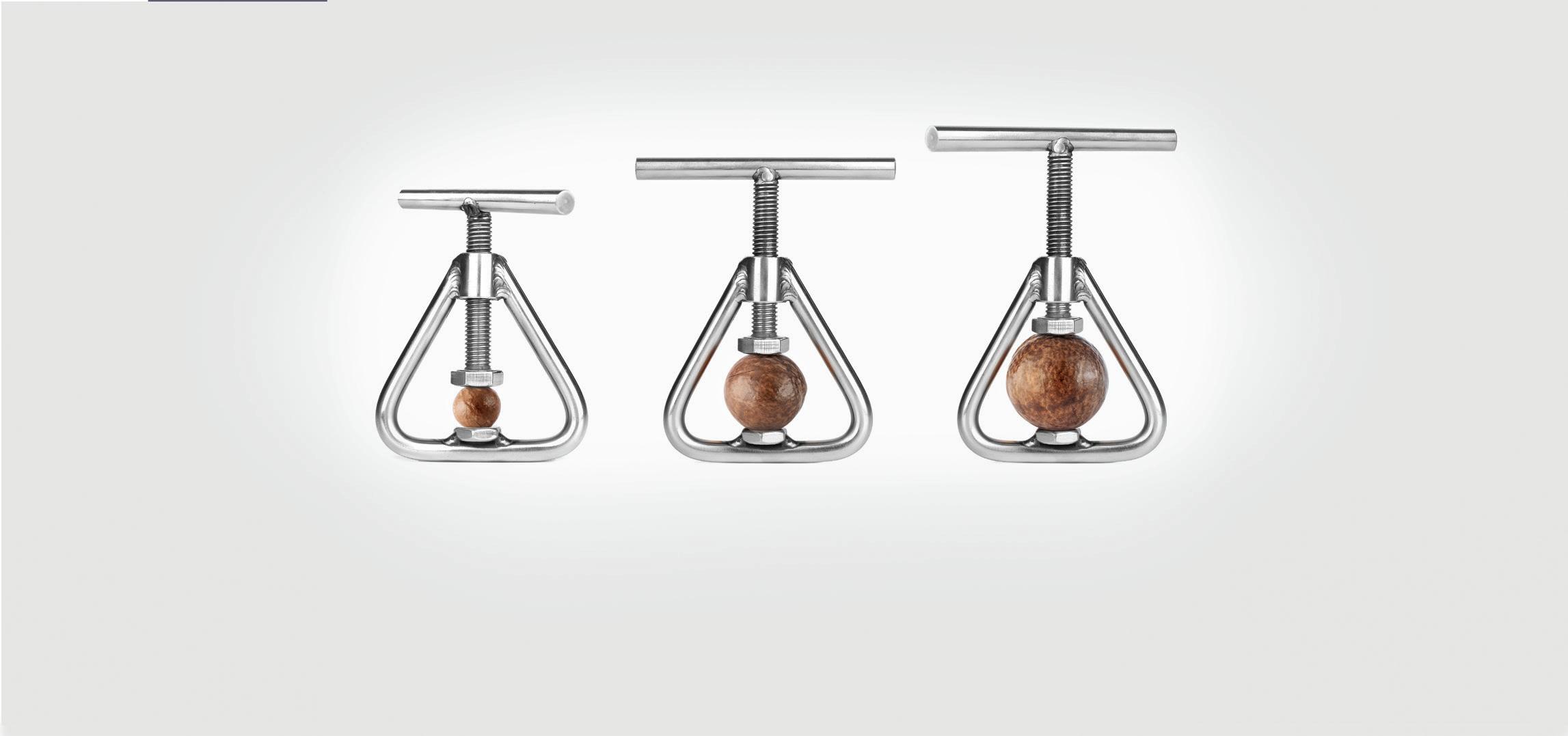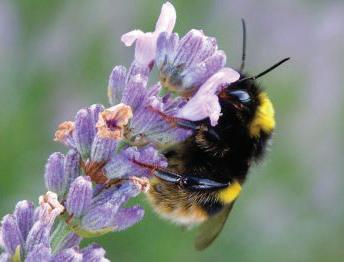MACADAMIA
Moth borer complex on macadamia Schalk Schoeman SAMAC
Various mating disruption products are available, but these products are expensive as well as species specific.
The economic importance of the moth complex is often vastly underestimated as growers often tend to only take notice of the direct kernel damage reported by various kernel processing facilities. Typically, this type of damage seldom exceeds 5%, which is accepted as a general action threshold in lieu of a more scientifically based value.
T
HE SHELLS OF MOST macadamia cultivars begin to harden after mid-January and any nut borer/false codling moth larvae already present in the husks of infected nuts find it impossible to penetrate this seemingly impenetrable barrier. These larvae then feed on the husk tissue and in so doing they sever the vascular bundles connecting the nuts to the plant. Because the embryo is compromised, these nuts drop prematurely and are often reflected in processors reports as immature. Damage induced by these insects may also cause nut drop during the early part of the season. Estimates of average crop losses of up to 15% are probably realistic. Of course, there are big differences between various cultivars with 816 788 as well as most of the hybrid cultivars being preferred. It is important to note that only the egg or recently hatched larvae can be controlled with conventional pesticides. Fortunately, the egg-laying peak at the end of the premature nut drop phase (during late Nov/early Dec) is well synchronised, which would be the time to apply a pesticide with an ovicidal or larvicidal activity. Once the larvae have burrowed into the nut, they are effectively out of reach of any insecticide. Spray coverage is of the utmost importance as these insects prefer to oviposit in the darker and denser areas of the tree. Chemicals must be applied so that both areas of the nuts facing away from the spray rig as well as areas facing
The shells of most macadamia cultivars begin to harden after mid-January and any nut borer/false codling moth larvae already present in the husks find it impossible to penetrate.
12
Larvae feed on the husk tissue and in so doing they sever the vascular bundles connecting the nuts to the plant.
towards the spray rig are equally covered in fine droplets. High spray volumes do not necessarily equate to good coverage, in fact, quite the opposite could be true. Over spraying will in most cases result in a run-off with most of the pesticide ending up off-target on the orchard floor. Fortunately, there are a considerable amount of alternative environmentally sensitive methods that can be used to control this pest complex, such as: • A range of products containing entomopathogenic viruses, nematodes, bacteria and fungi. Except for the nematodes, all products have to be sprayed and are therefore subject to problems highlighted above. • Various mating disruption products are also available, but these products are expensive as well as species specific. Growers have to make sure that they are targeting the correct specie before selecting this as an option. • Inundative releases of the parasitoid Trichogrammatoidea cryptophlebiae is a very target specific method of control, but its efficacy depends on the number of broad-spectrum products used in the orchard at the time. • Any spray against this complex from January onwards (when larvae are most visible in the nuts) are largely ineffective, as generations overlap to such a degree that only a small portion of the new eggs and/or larvae are affected. Please be very critical when a spray is advised during this period.
MARCH • APRIL 2021 | VEGETABLES & FRUIT












